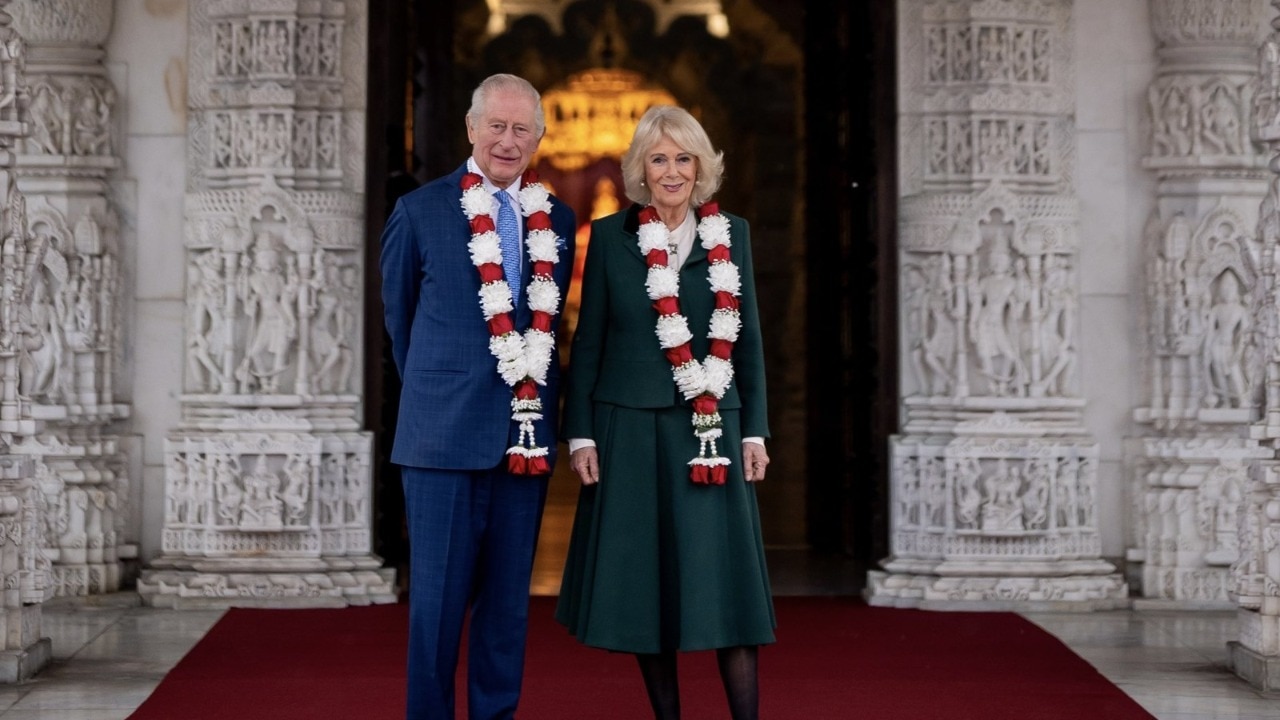Cambodia's Ancient Hindu Heritage: Exploring Sacred Temples and Sites Beyond Conflict
Cambodia's lesser-known Hindu temples offer a rich tapestry of ancient dharmic heritage, providing profound spiritual and cultural insights for global explorers.
Want daily inspiration like this? Subscribe to our newsletter!
Article Summary
The article explores lesser-known Hindu heritage sites in Cambodia, including the Roluos group, Banteay Srei, and Kbal Spean, amidst regional tensions. These ancient temples showcase early Khmer architecture, intricate carvings, and significant Hindu iconography, such as Shiva lingas and Vishnu depictions. It presents these destinations as safe and enriching for travelers interested in historical and spiritual insights.
Original Article: firstpost.com
[ Sentiment: positive | Tone: factual ]
This summary and analysis were generated by TheNewsPublisher's editorial AI. This content is for informational purposes only; it does not constitute spiritual or religious advice.
[ Sentiment: positive | Tone: factual ]
This summary and analysis were generated by TheNewsPublisher's editorial AI. This content is for informational purposes only; it does not constitute spiritual or religious advice.
TNP AI: Key Insights
These ancient Khmer temples, such as those in the Roluos group, Banteay Srei, and Kbal Spean, represent a flourishing period of Sanatana Dharma in Southeast Asia, showcasing sophisticated Hindu architecture, iconography, and spiritual practices. They are invaluable cultural treasures that attest to the global reach and influence of Hindu civilization.
The presence of numerous Shiva lingas at Kbal Spean, the dedication of temples like Bakong to Shiva (Indresvara), and the intricate carvings of Vishnu and other deities at Banteay Srei illustrate the deep reverence for the Hindu pantheon and the integration of spiritual beliefs into monumental art. The belief in Kbal Spean's waters blessing the lake highlights the sacred connection between nature and divinity in Hindu thought.
By emphasizing exploration 'beyond the war,' the article subtly reinforces the enduring nature of Sanatana Dharma and its cultural contributions, suggesting that spiritual and historical heritage transcends contemporary political conflicts. It encourages a focus on the shared human legacy of devotion and artistry.
)



